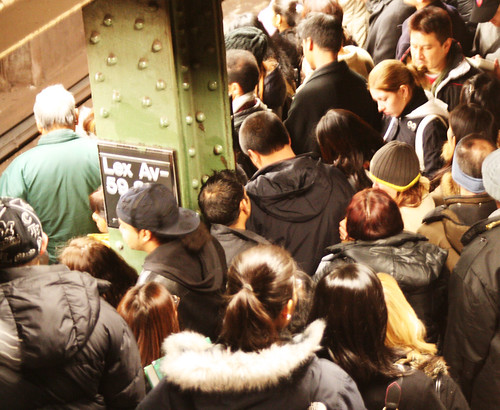Tech savvy teenager takes Lexington transit into (un)chartered territory

Danny Moraff dressed as the D-Line for Halloween.
(Source: Boston Globe via Bernie Wagenglast)
The town of Lexington’s transit service is fairly informal. The stops are pretty much wherever you happen to be standing when you see a bus.
Thanks to a local teenager, it was one of the smallest of pioneer transit agencies to integrate its route maps and schedules into Google Transit, a feature of Google Maps that reminds users seeking driving directions that they can also take buses and trains. Google Transit, launched in its current form in fall 2007, also helps users figure out how much time they’ll need for their trip and where and when to show up for a bus or subway so they don’t get left behind.
Danny Moraff, now 17, decided when he was 15 that he liked the idea of Google Transit – then in a developmental stage on the Web – and its ability to draw more people out of their cars. So he joined Lexington’s transit advisory board, convinced officials it was a worthwhile project, and volunteered to do all the legwork himself.
“I’m not a techie,” said Gail Wagner, transportation services coordinator for Lexpress, which has a $450,000 annual budget. “This is a shoestring operation.”
For Moraff, that meant spending all his free time riding six bus routes to plot the longitude, latitude, and typical arrival times on every block in the system. It meant logging every intersection in town and figuring out the computer coding that suited Google’s engineering needs. Moraff estimates it took him 60 to 100 hours over a period of 18 months, in between internships and schoolwork.
Click here toread the entire story.



